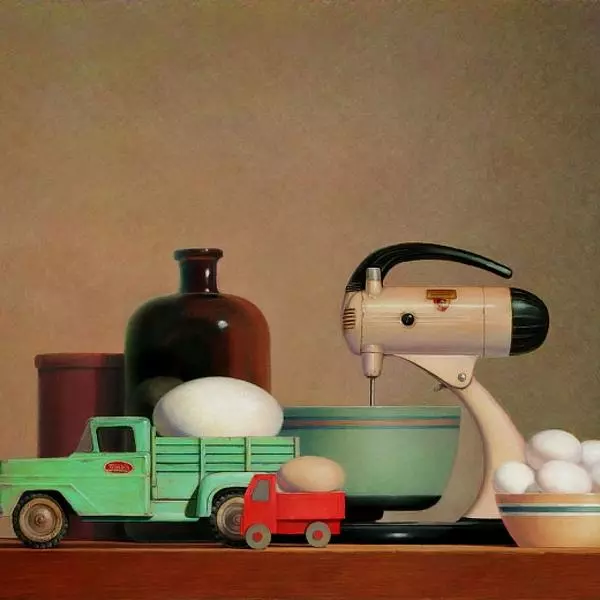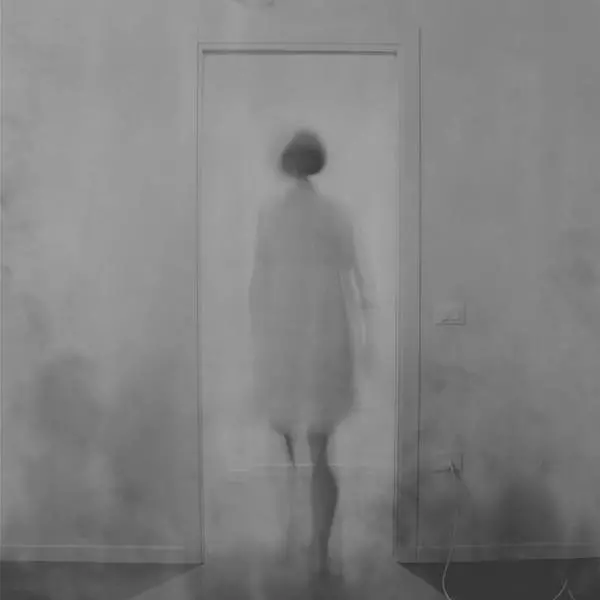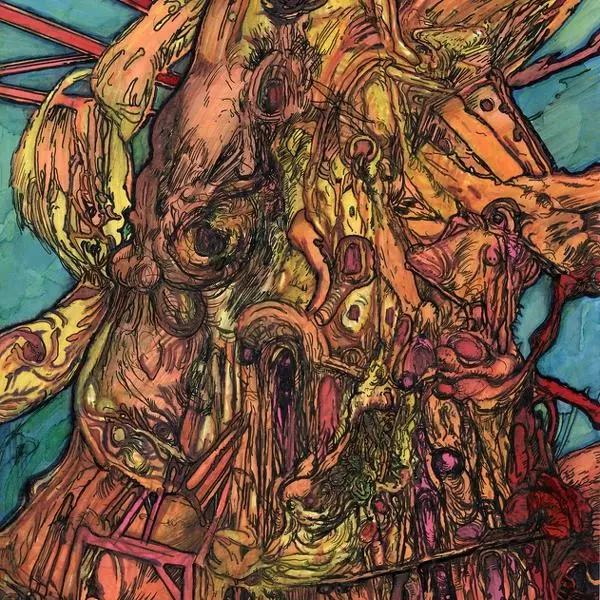Painting, 617 views
Published Thursday 30 January 2025
Maximilien Luce
The Instinct of Landscape
Musée de Montmartre, Paris, France
Friday 21 March 2025 - Sunday 14 September 2025Ends in 22 days 2h
Friday 21 March 2025 - Sunday 14 September 2025
A pioneer of Neo-Impressionism and a pillar of anarchist and libertarian circles, Maximilien Luce (1858-1941) left a profound mark on his time through both his artistic and political commitment. A painter of urban and rural landscapes as well as the human condition, he uniquely captured the social and industrial transformations of his era with remarkable sensitivity.
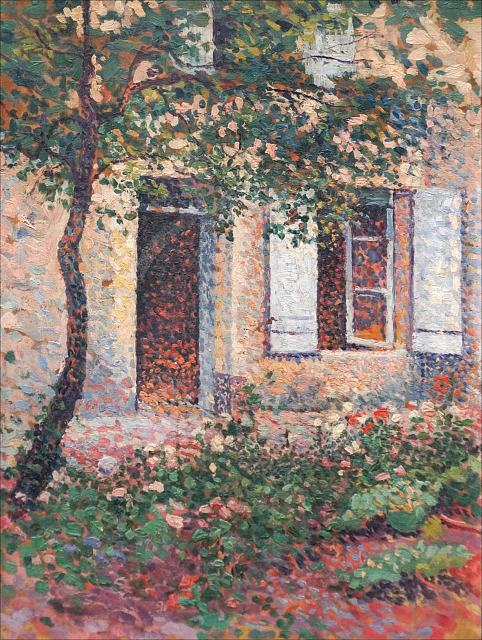
“© Maximilien Luce”
All rights reserved.
This artwork can't be used without written consent from its author.
All rights reserved.
This artwork can't be used without written consent from its author.
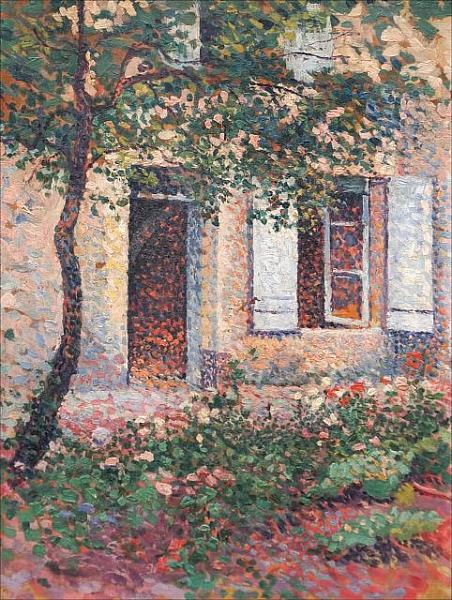
The first Parisian retrospective dedicated to this major Neo-Impressionist painter since 1983, the exhibition is held just steps away from the places where Luce lived between 1887 and 1900, on Rue Cortot. Deeply rooted in Montmartre’s history and the contradictions of his time, the exhibition sheds new light on the artist’s work, reaffirming his significance and introducing his often-overlooked œuvre to the general public.
Beyond the humanist spirit that pulsates at the heart of the man and his entire body of work, landscape is the other dominant force that animates his painting throughout his life. Luce masterfully captures light and color, revealing the beauty of both urban and rural landscapes with a persistent social awareness.
For the exhibition Maximilien Luce, The Instinct of Landscape, the Musée de Montmartre has chosen to present his work through the lens of landscape, taking visitors on a retrospective journey between the two essential poles of his life: Paris and Rolleboise. Visitors are invited to follow the artist’s travels, starting in Montmartre—where he lived from 1887 to 1900—through the bustling streets of Paris and across his journeys from Saint-Tropez to the coal-mining region of Charleroi, passing through the Netherlands, Normandy, and even London.
Maximilien Luce belonged to a pivotal generation that experienced both the splendor of the Belle Époque and intense social unrest, benefiting from numerous technological advances while also suffering their consequences, particularly during World War I. Deeply affected by the Paris Commune, which he witnessed as a young boy of 13, Luce lived through three wars and engaged in multiple social battles—opposing child penal colonies and colonialism, supporting workers’ strikes, defending Dreyfus, and more.
This historically rich period, through which Luce lived, was also a time of extraordinary artistic effervescence. The “comet” Luce quickly became part of the Neo-Impressionist constellation, alongside Georges Seurat, Paul Signac, Camille Pissarro, and Henri-Edmond Cross, from his first exhibition at the Société des Artistes Indépendants in 1887. He actively participated in the Post-Impressionist movement and championed artistic freedom, first as a member and later as vice-president and president of the society.
Over 65 years of work, Maximilien Luce produced a vast corpus of nearly 4,000 paintings, along with thousands of drawings and prints that chronicle key events of his time—including major floods, military mobilizations, urban development, and the vibrant life of circuses.
Throughout his career, idealized scenes of bathing coexisted with depictions of Parisian construction sites and the almost menacing silhouettes of Belgian factories in the age of industrialization. The city, factories, and nature became fertile grounds for artistic experimentation. Changing light, dynamic perspectives, and vibrant colors transformed the landscapes he painted. Luce’s twilight scenes and dramatic atmospheric effects played a crucial role in visually redefining urban centers and their bustling crowds.
The works assembled for this exhibition—drawn from French and international institutions (such as the Musée d’Orsay, the Musée de l’Hôtel-Dieu in Mantes-la-Jolie, the Musée Lambinet in Versailles, the Musée des Beaux-Arts in Charleroi, the Musée d’Ixelles, and the Association des Amis du Petit Palais in Geneva), as well as galleries and private collections—highlight Luce’s remarkable talent as a landscape painter. A great admirer of his predecessors Nicolas Poussin and Jean-Baptiste Camille Corot, Luce’s love of nature culminated in his depictions of the countryside around Rolleboise, where he spent his final years before passing away in 1941.
Through this exhibition, the Musée de Montmartre offers an immersive journey into the life and work of Maximilien Luce. This retrospective aims to restore recognition to this Neo-Impressionist painter. His connection to Montmartre, where he notably lived on Rue Cortot, remains inseparable from his artistic trajectory. Having frequently depicted Montmartre in his landscapes, the Musée de Montmartre is proud to pay tribute to him today, 125 years after he left this iconic place.
Beyond the humanist spirit that pulsates at the heart of the man and his entire body of work, landscape is the other dominant force that animates his painting throughout his life. Luce masterfully captures light and color, revealing the beauty of both urban and rural landscapes with a persistent social awareness.
For the exhibition Maximilien Luce, The Instinct of Landscape, the Musée de Montmartre has chosen to present his work through the lens of landscape, taking visitors on a retrospective journey between the two essential poles of his life: Paris and Rolleboise. Visitors are invited to follow the artist’s travels, starting in Montmartre—where he lived from 1887 to 1900—through the bustling streets of Paris and across his journeys from Saint-Tropez to the coal-mining region of Charleroi, passing through the Netherlands, Normandy, and even London.
Maximilien Luce belonged to a pivotal generation that experienced both the splendor of the Belle Époque and intense social unrest, benefiting from numerous technological advances while also suffering their consequences, particularly during World War I. Deeply affected by the Paris Commune, which he witnessed as a young boy of 13, Luce lived through three wars and engaged in multiple social battles—opposing child penal colonies and colonialism, supporting workers’ strikes, defending Dreyfus, and more.
This historically rich period, through which Luce lived, was also a time of extraordinary artistic effervescence. The “comet” Luce quickly became part of the Neo-Impressionist constellation, alongside Georges Seurat, Paul Signac, Camille Pissarro, and Henri-Edmond Cross, from his first exhibition at the Société des Artistes Indépendants in 1887. He actively participated in the Post-Impressionist movement and championed artistic freedom, first as a member and later as vice-president and president of the society.
Over 65 years of work, Maximilien Luce produced a vast corpus of nearly 4,000 paintings, along with thousands of drawings and prints that chronicle key events of his time—including major floods, military mobilizations, urban development, and the vibrant life of circuses.
Throughout his career, idealized scenes of bathing coexisted with depictions of Parisian construction sites and the almost menacing silhouettes of Belgian factories in the age of industrialization. The city, factories, and nature became fertile grounds for artistic experimentation. Changing light, dynamic perspectives, and vibrant colors transformed the landscapes he painted. Luce’s twilight scenes and dramatic atmospheric effects played a crucial role in visually redefining urban centers and their bustling crowds.
The works assembled for this exhibition—drawn from French and international institutions (such as the Musée d’Orsay, the Musée de l’Hôtel-Dieu in Mantes-la-Jolie, the Musée Lambinet in Versailles, the Musée des Beaux-Arts in Charleroi, the Musée d’Ixelles, and the Association des Amis du Petit Palais in Geneva), as well as galleries and private collections—highlight Luce’s remarkable talent as a landscape painter. A great admirer of his predecessors Nicolas Poussin and Jean-Baptiste Camille Corot, Luce’s love of nature culminated in his depictions of the countryside around Rolleboise, where he spent his final years before passing away in 1941.
Through this exhibition, the Musée de Montmartre offers an immersive journey into the life and work of Maximilien Luce. This retrospective aims to restore recognition to this Neo-Impressionist painter. His connection to Montmartre, where he notably lived on Rue Cortot, remains inseparable from his artistic trajectory. Having frequently depicted Montmartre in his landscapes, the Musée de Montmartre is proud to pay tribute to him today, 125 years after he left this iconic place.

write a comment

tags
aesthetics art artist artistic arts artwork author brush canvas catalogue concept contemporary create creation creative creativity event exhibit exhibition format frame image instinct landscape luce maximilien modern montmartre musée paint painter painting paris picture style view

social message
Explore 'Maximilien Luce: The Instinct of Landscape' at @MuseeMontmartre from Mar 21 to Sep 14, 2025. Discover the Neo-Impressionist's vivid portrayals of urban and rural life. #Exhibition #Paris #MaximilienLuce #NeoImpressionism


